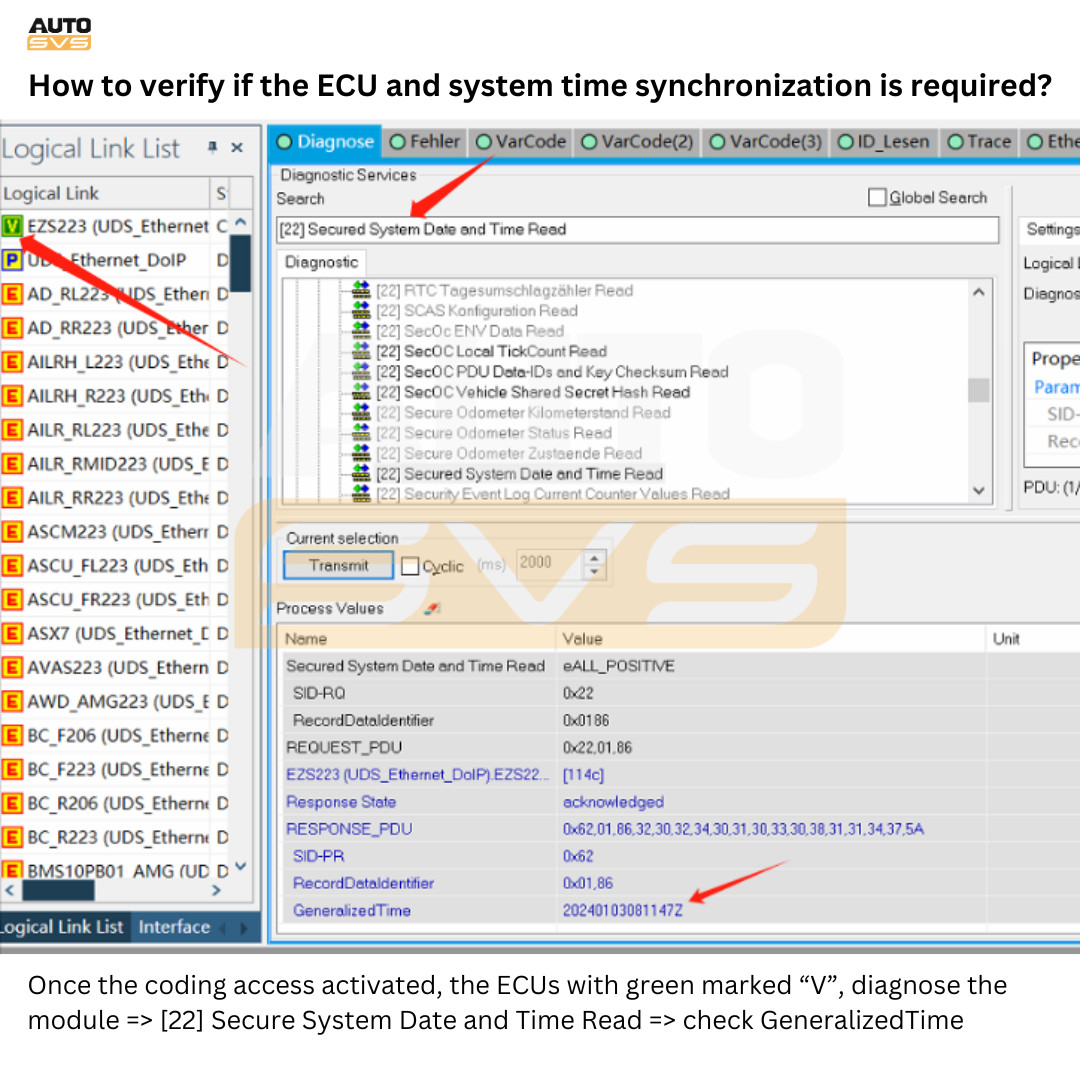What is VO Coding? Understanding Vehicle Order Coding for Your Car
Vehicle coding can initially appear complex, especially when encountering terms like “VO coding,” “FDL coding,” and “FSC codes.” If you’re delving into modifying or retrofitting options in your car using tools like Bimmercode, understanding these terms is crucial. Let’s break down VO coding and clarify its role in vehicle customization.
Decoding VO Coding: Vehicle Order Explained
VO coding stands for “Vehicle Order” coding. Think of the Vehicle Order as a build sheet or configuration list for your car, detailing all the options and features it was manufactured with. Each option is represented by a specific code.
When you perform VO coding, you are essentially modifying this master configuration list. This involves adding or removing option codes to reflect changes you’ve made to your vehicle, such as installing M Performance brakes or an M Sport steering wheel.
The key benefit of VO coding is its efficiency. By adding an option code to the Vehicle Order, the car’s system automatically identifies all the electronic control units (ECUs) that need to be configured to support this new option. The system then performs a series of Function Data Load (FDL) codings across these relevant modules to activate and integrate the new feature seamlessly.
FDL Coding: Fine-Tuning Your Ride
FDL coding, or Function Data Load coding, is a more granular approach. Instead of modifying the overall Vehicle Order, FDL coding allows you to directly adjust specific parameters and settings within individual ECUs.
While VO coding triggers automatic FDL coding across multiple modules, FDL coding is a manual process focused on tweaking specific functions. For example, as highlighted in the original post, even after VO coding for “2TB Sport Automatic Transmission,” manual FDL coding might be needed to deactivate paddle shifters if they are not physically installed in the vehicle but are enabled by default with the 2TB option.
FDL coding is ideal for fine-tuning existing features or making adjustments not covered by standard Vehicle Order options.
FSC Codes: Licenses for Features
FSC codes, or Feature-Specific Codes, are essentially licenses for certain software-based features in your car, particularly those related to navigation and multimedia systems. These codes are often linked to the car’s Vehicle Identification Number (VIN) to prevent unauthorized feature activation.
For example, activating navigation in some car models requires valid FSC codes. If these codes are missing or mismatched (perhaps after a system retrofit), the navigation function may be disabled or grayed out. Emulators or specific software solutions can sometimes bypass FSC code requirements, particularly in retrofit scenarios where components from other vehicles are used.
In summary:
- VO Coding: Modifying the car’s master configuration list (Vehicle Order) to add or remove options, triggering automatic FDL coding in relevant modules.
- FDL Coding: Manually adjusting specific settings within individual ECUs for fine-tuning or customization beyond Vehicle Order options.
- FSC Codes: Licenses required for certain software-based features, often tied to the car’s VIN, ensuring feature authorization.
Understanding these distinctions is essential for anyone looking to customize their car through coding, ensuring modifications are correctly implemented and features function as intended.





